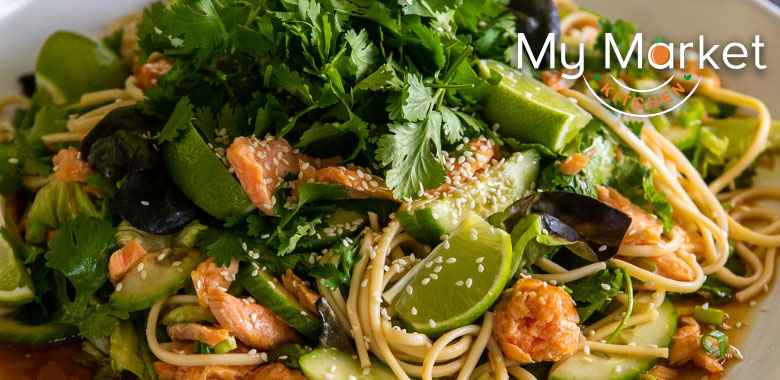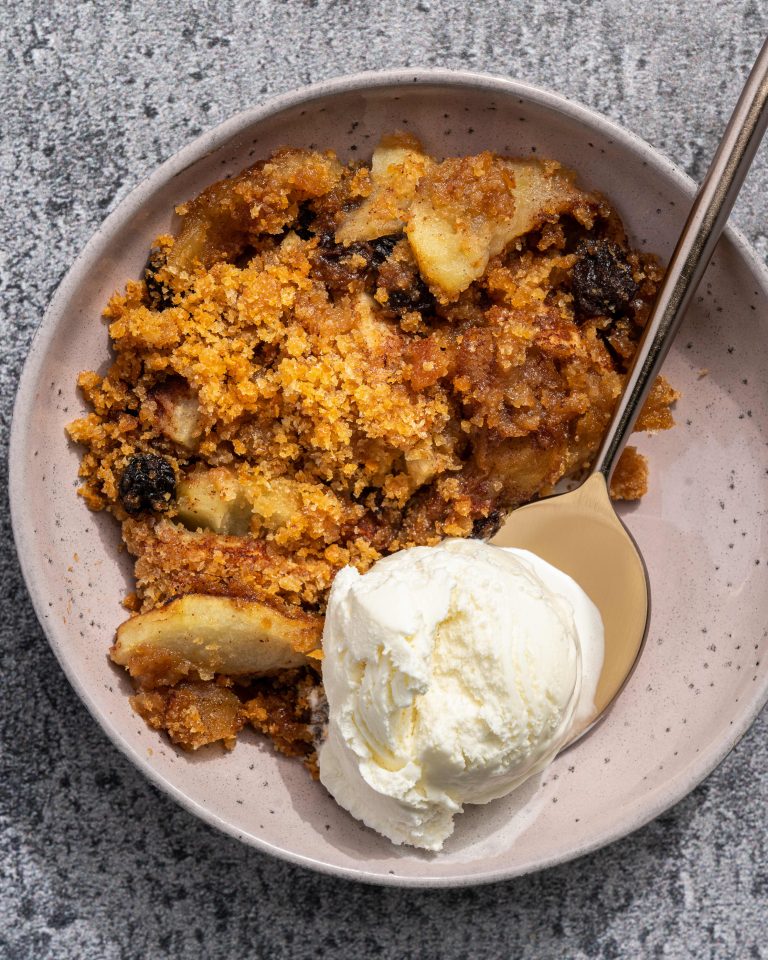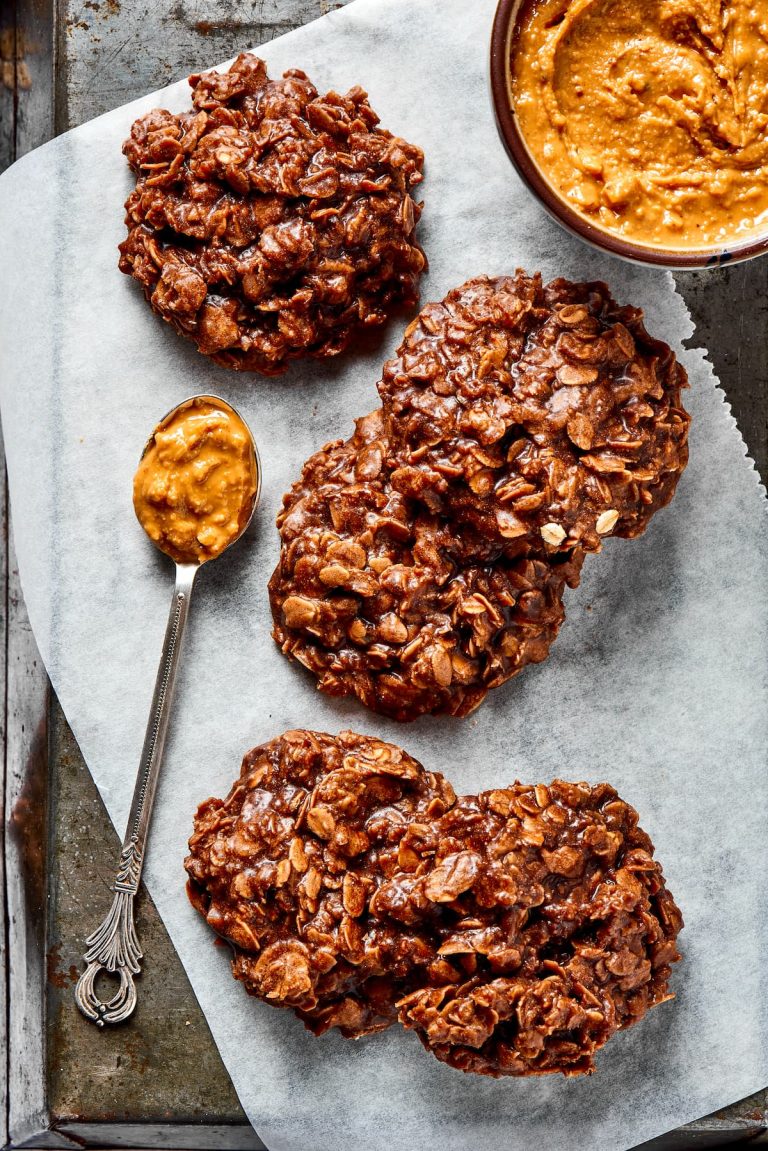Sesame Noodle Salad Recipe: Origins, Benefits, and Pairing Tips
Sesame noodle salad, popular in many Asian cuisines, originated in China. The dish blends thin noodles with sesame paste or sesame oil for a flavorful base. Historically, Chinese cuisine has included variants of cold noodle dishes for centuries, often consumed during warmer months. Sesame oil, a key ingredient, has been used in Chinese cooking for over 2,000 years, contributing its distinct aroma and taste to numerous dishes.
Regional Variations
Different regions across Asia feature unique takes on sesame noodle salad. In Japan, Hiyashi Chuka combines chilled noodles with soy sauce-based dressing and various toppings like sliced cucumbers and ham. Korean cuisine offers Kongguksu, a cold noodle dish in a creamy soy milk broth sometimes flavored with sesame. In Vietnam, variations often include fresh herbs such as mint and cilantro, enhancing the flavor profile. Each regional adaptation reflects the local ingredients and culinary traditions, making sesame noodle salad a versatile and widely loved dish.
Key Ingredients in Sesame Noodle Salad
Types of Noodles Used
Sesame noodle salad often includes several noodle types. Buckwheat noodles (soba) are common for their nutty flavor. Wheat noodles (udon) offer a chewy texture. Rice noodles provide a gluten-free option that’s light yet firm. Thin egg noodles add richness due to the eggs in their dough. Ramen noodles work well when more texture is desired in the salad.
Essential Dressing Components
The dressing is crucial in sesame noodle salad. Sesame paste or tahini forms the base, giving a rich, nutty flavor. Soy sauce adds umami and saltiness. Rice vinegar offers a tangy contrast. Mirin or honey introduces sweetness. Fresh garlic and ginger provide a zesty kick. Finally, sesame oil enhances the overall sesame flavor, adding a toasted depth.
Step-by-Step Recipe for Making Sesame Noodle Salad
Preparing the Noodles
Choose a noodle type—soba, udon, rice noodles, egg noodles, or ramen—that fits your preference. Cook the noodles according to the package instructions. Ensure they don’t overcook. After boiling, drain the noodles and rinse under cold water to stop cooking and remove excess starch. Set the noodles aside in a large mixing bowl.
Mixing the Dressing
In a separate bowl, combine two tablespoons of sesame paste with one-fourth cup of soy sauce. Add two tablespoons of rice vinegar, one tablespoon of mirin or honey, one minced garlic clove, one teaspoon of grated ginger, and two teaspoons of sesame oil. Whisk the mixture until smooth and well-blended. Taste the dressing and adjust the seasoning if necessary.
Combining Ingredients
Pour the prepared dressing over the cooked and cooled noodles. Add chopped green onions, julienned carrots, sliced cucumbers, and red bell peppers. Toss the salad thoroughly so the dressing coats everything evenly. Sprinkle toasted sesame seeds and chopped cilantro as garnish before serving. Your sesame noodle salad is now ready to enjoy.
Nutritional Benefits of Sesame Noodle Salad
Caloric Content Overview
Sesame noodle salad offers a balanced caloric profile. A typical serving contains around 250 to 350 calories, depending on portion size and specific ingredients used. Most of the calories come from carbohydrates, with noodles contributing the bulk. Healthy fats from sesame oil and sesame paste also add to the caloric count, offering a significant energy boost. For those watching caloric intake, using whole wheat or low-carb noodles can lower the overall calorie content.
Health Benefits of Key Ingredients
Sesame Oil and Paste
Rich in healthy fats, sesame oil and paste provide essential fatty acids, particularly omega-6. These components support heart health by reducing bad cholesterol levels. They also contain antioxidants like sesamol and sesaminol, which combat oxidative stress and reduce inflammation.
Soy Sauce
Soy sauce, a common component, is high in sodium but also provides beneficial nutrients. It’s a source of essential amino acids, which promote protein synthesis. Low-sodium soy sauce can be an alternative to maintain flavor without high salt intake.
Noodles
Noodles in sesame noodle salad can vary in nutritional content. Whole wheat or soba noodles contain more fiber and protein compared to traditional egg noodles. Fiber aids digestion, while protein helps in muscle repair and growth.
Vegetables
Vegetables like bell peppers, cucumbers, and carrots, commonly used in sesame noodle salad, are packed with vitamins and minerals. They supply vitamins A and C, fiber, and antioxidants, contributing to overall health and immune function.
Garlic and Ginger
Garlic and ginger provide not only flavor but also numerous health benefits. Garlic has anti-inflammatory and antibacterial properties. Ginger aids in digestion and reduces nausea. Both ingredients contribute to enhanced immune function.
Rice Vinegar and Mirin
Rice vinegar and mirin add a unique tang to the salad. Rice vinegar contains acetic acid, which has antimicrobial properties and helps with nutrient absorption. Mirin provides a slight sweetness and contains small amounts of vitamins and minerals.
This nutrient-rich combination makes sesame noodle salad a healthful choice that offers various vitamins, minerals, fiber, protein, and essential fatty acids.
Serving and Pairing Suggestions
Best Serving Temperatures
Sesame noodle salad tastes best when served chilled or at room temperature. Chilling the salad enhances its refreshing quality, making it ideal for hot weather. To maintain optimal flavor and texture, prepare the salad ahead of time and refrigerate it for at least one hour before serving. If you prefer a slightly warm option, allow the noodles to reach room temperature after combining them with the dressing and vegetables.
Complementary Dishes
Pair this sesame noodle salad with various dishes to create a well-rounded meal. Grilled chicken or tofu adds protein and complements the salad’s flavors. Steamed dumplings or spring rolls make for great side dishes due to their light nature. Miso soup or a simple broth can balance the meal with a warm, comforting touch. For a complete Asian-inspired feast, include a variety of pickled vegetables like kimchi or pickled radishes.
When hosting a gathering, consider serving sesame noodle salad as part of a buffet with diverse options. This enhances the versatility of your menu and ensures you cater to different dietary preferences, such as vegan or gluten-free choices. Use garnishes like fresh cilantro, chopped peanuts, or a sprinkle of sesame seeds for added texture and visual appeal.
Conclusion
Sesame noodle salad is a versatile and nutrient-packed dish that can easily become a staple in your meal rotation. Its rich flavors and health benefits make it an excellent choice for any occasion. Whether you’re serving it as a main course or a side dish, it pairs wonderfully with a variety of proteins and other Asian-inspired dishes. Enjoy the delightful combination of textures and tastes while reaping the nutritional rewards. Give this recipe a try and elevate your culinary repertoire with this delicious and wholesome salad.






